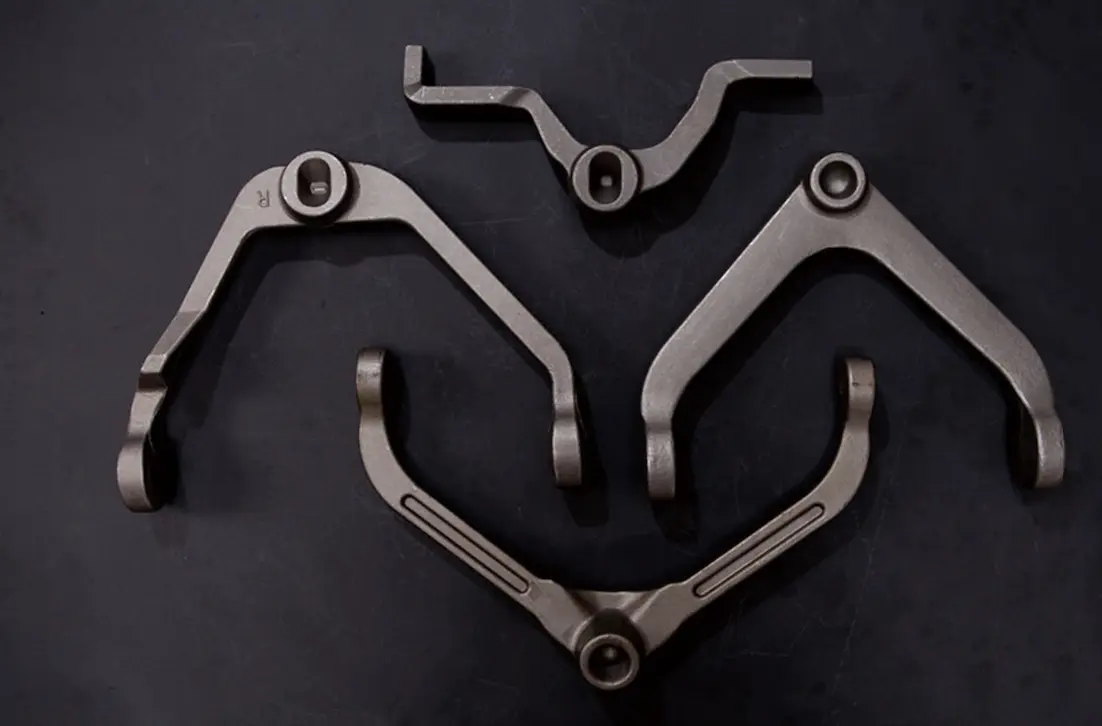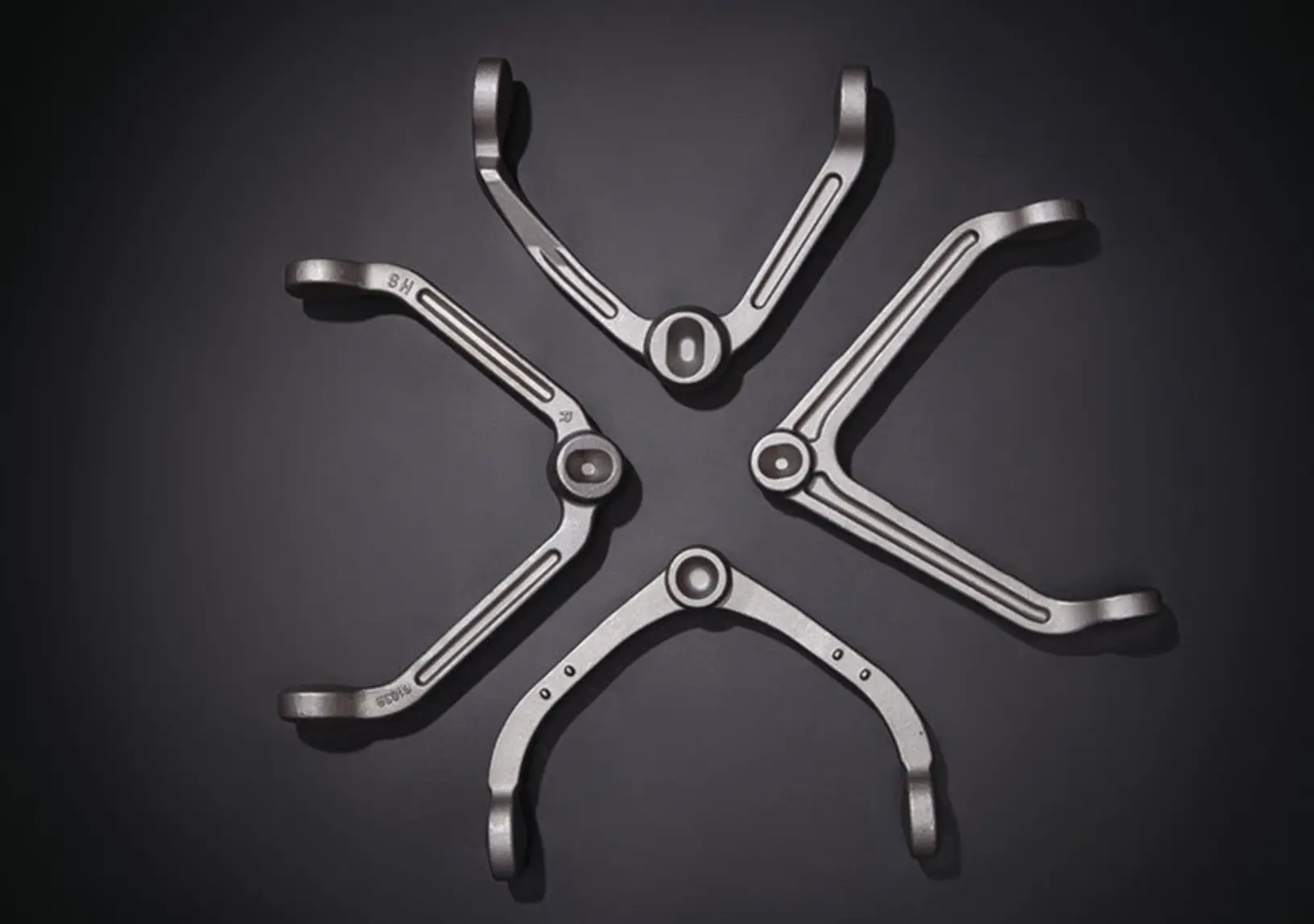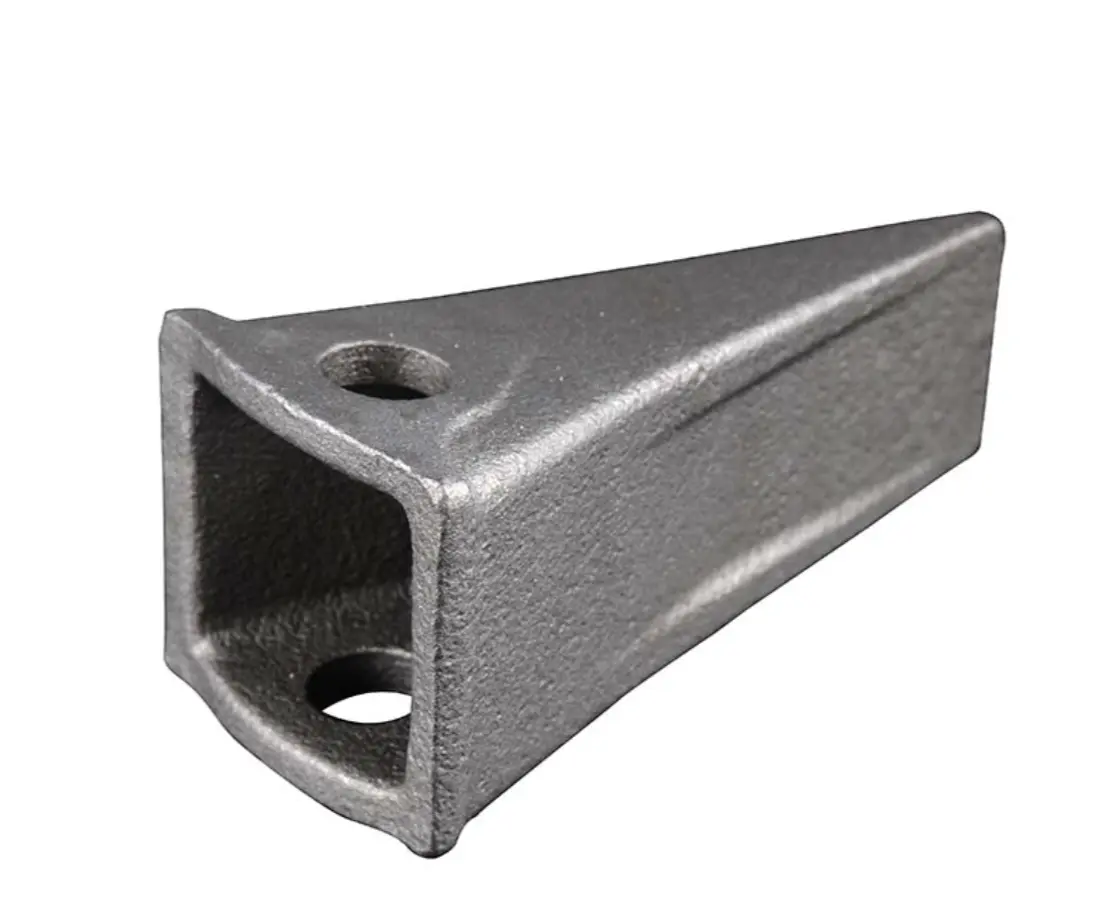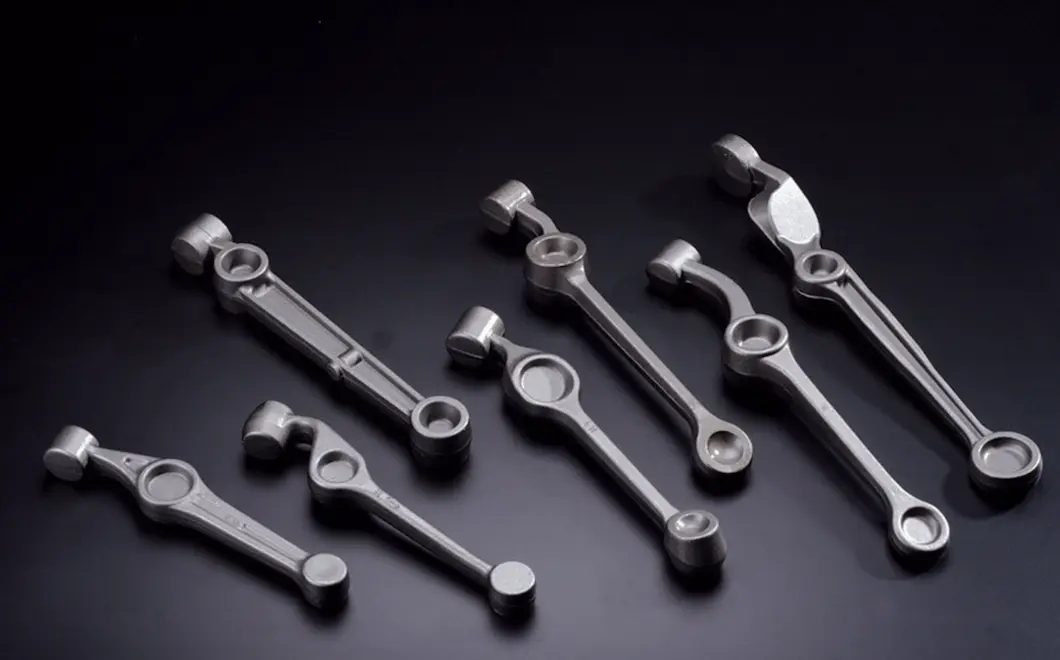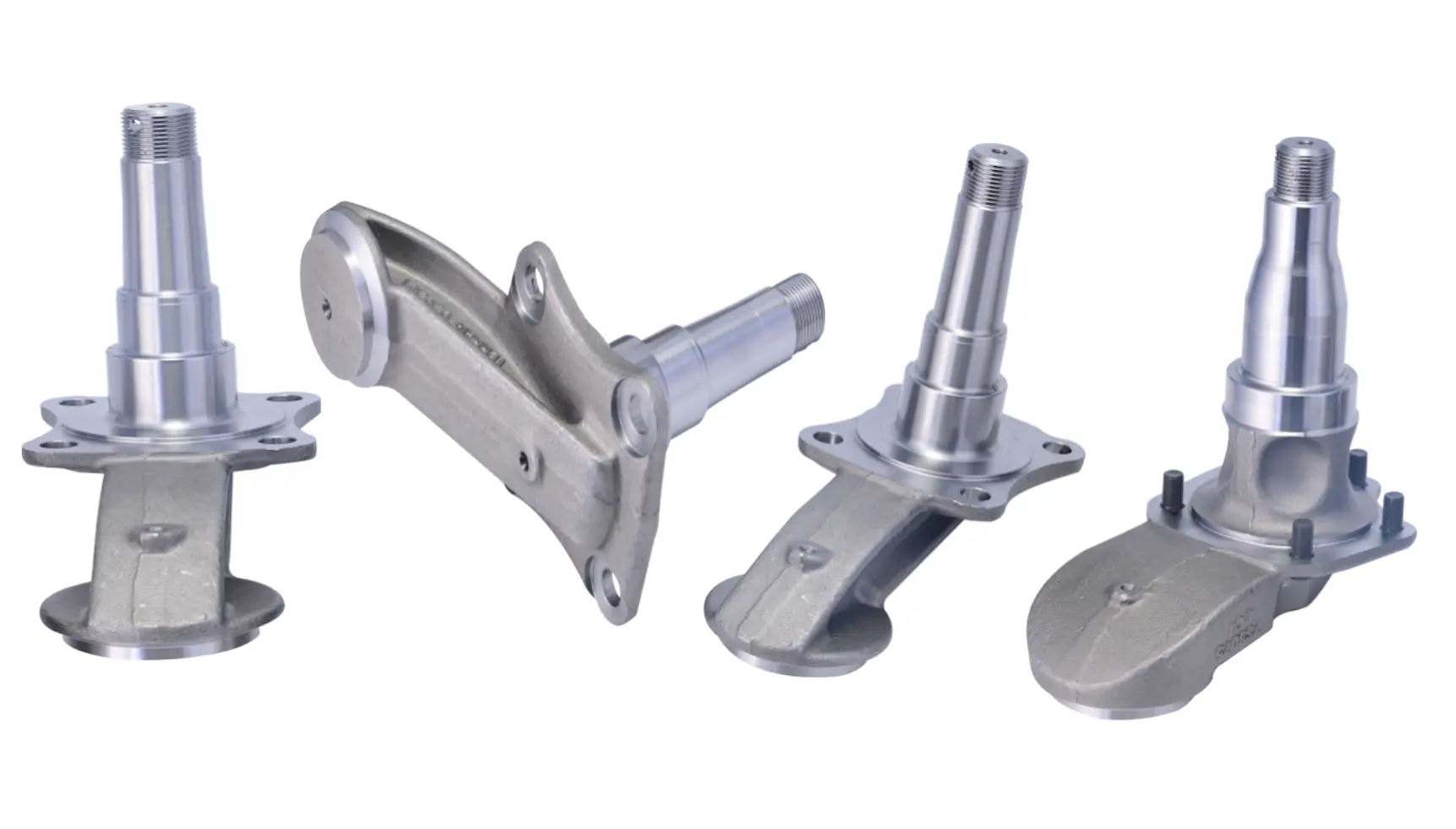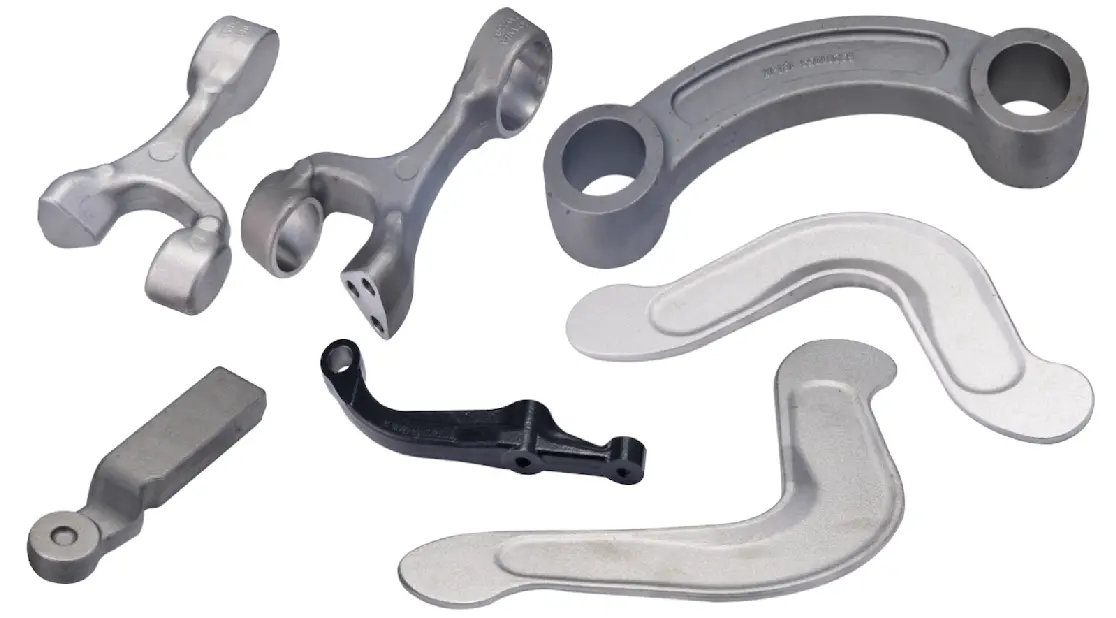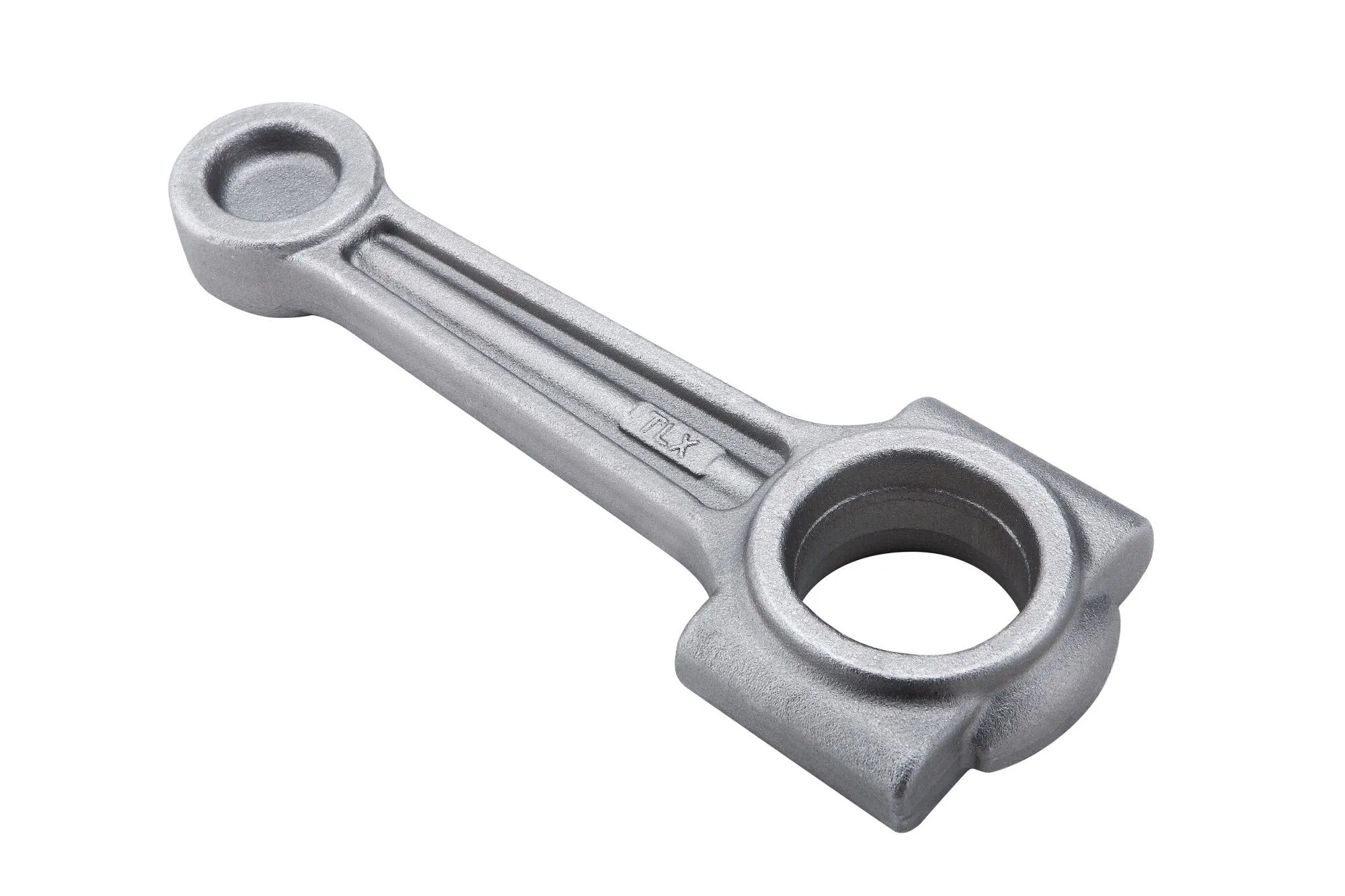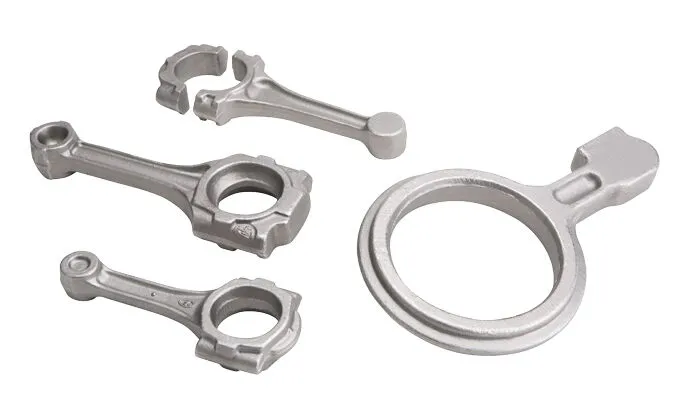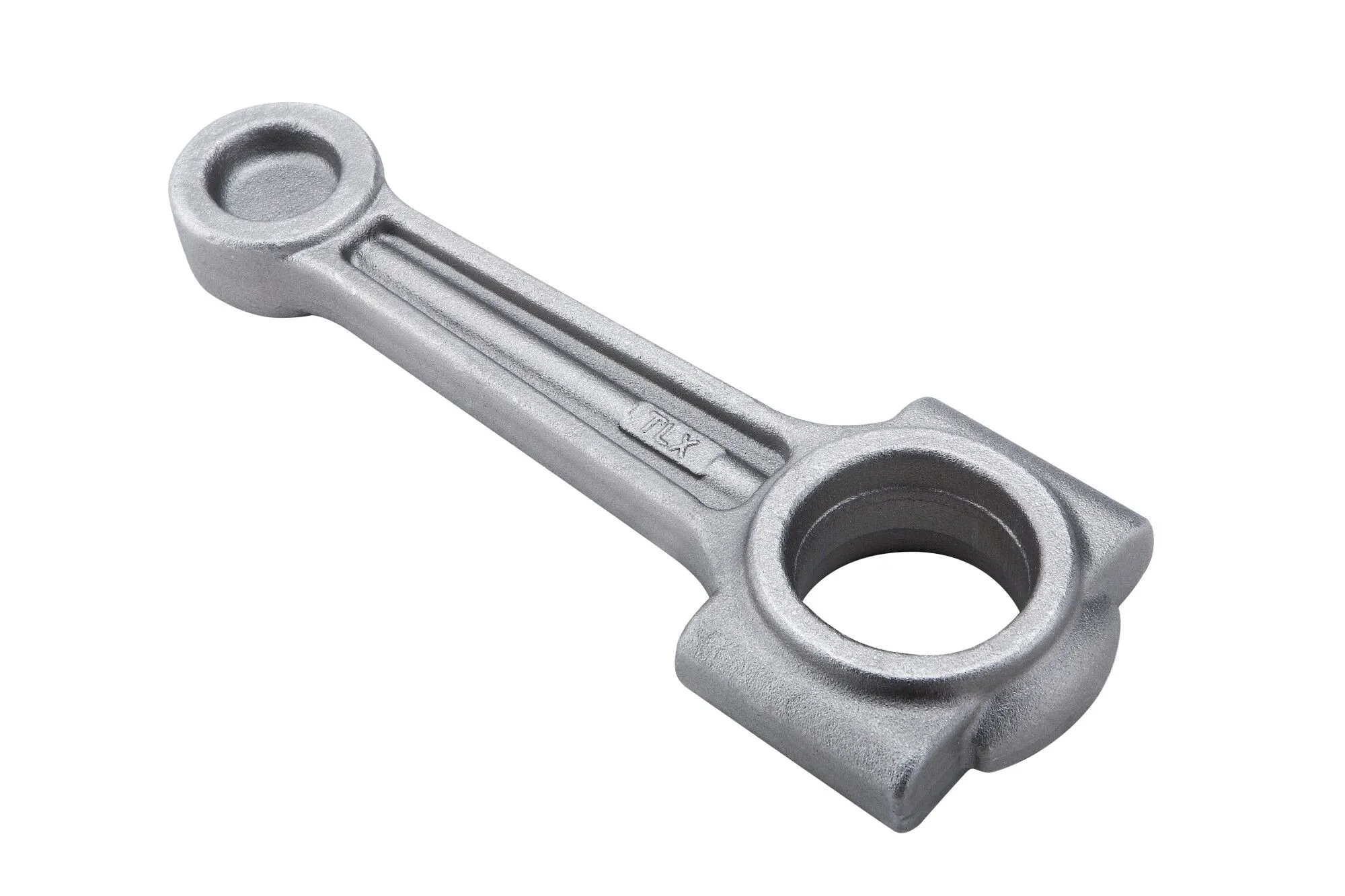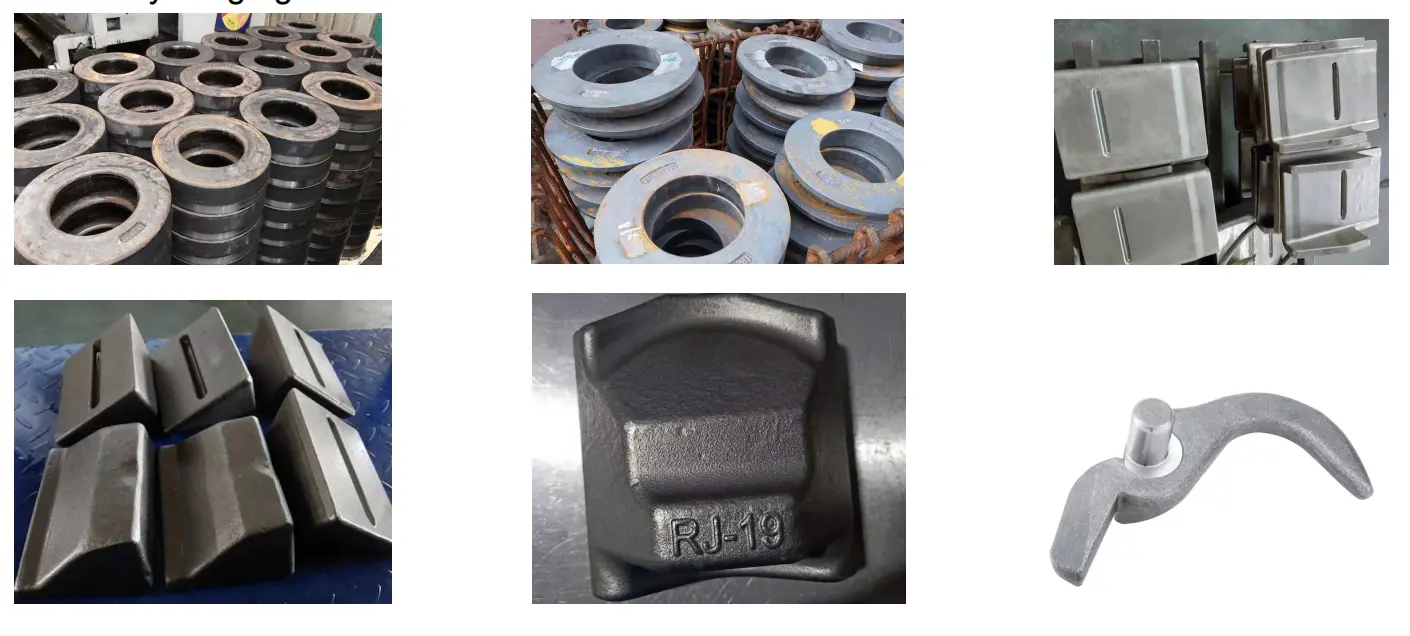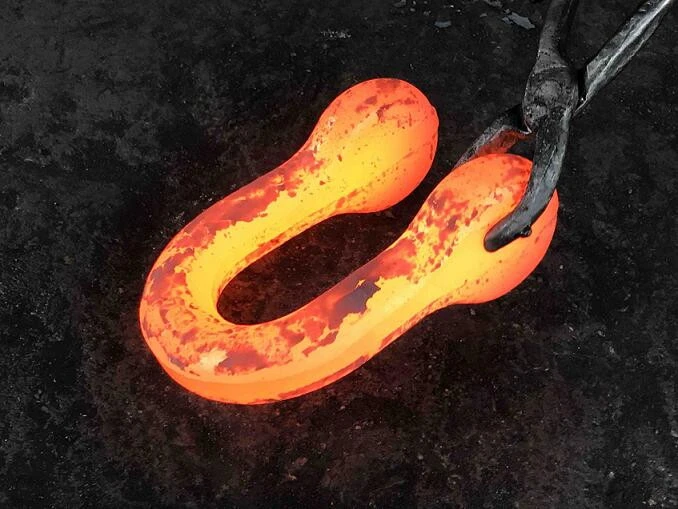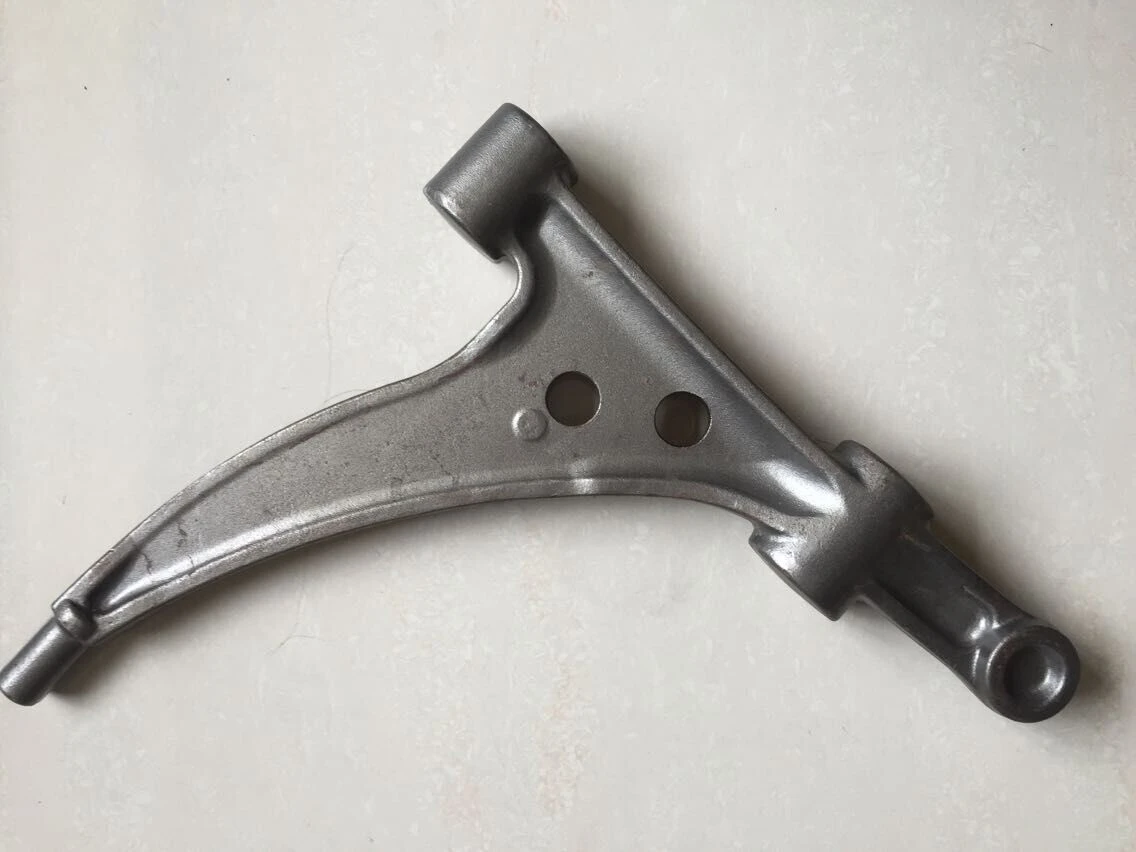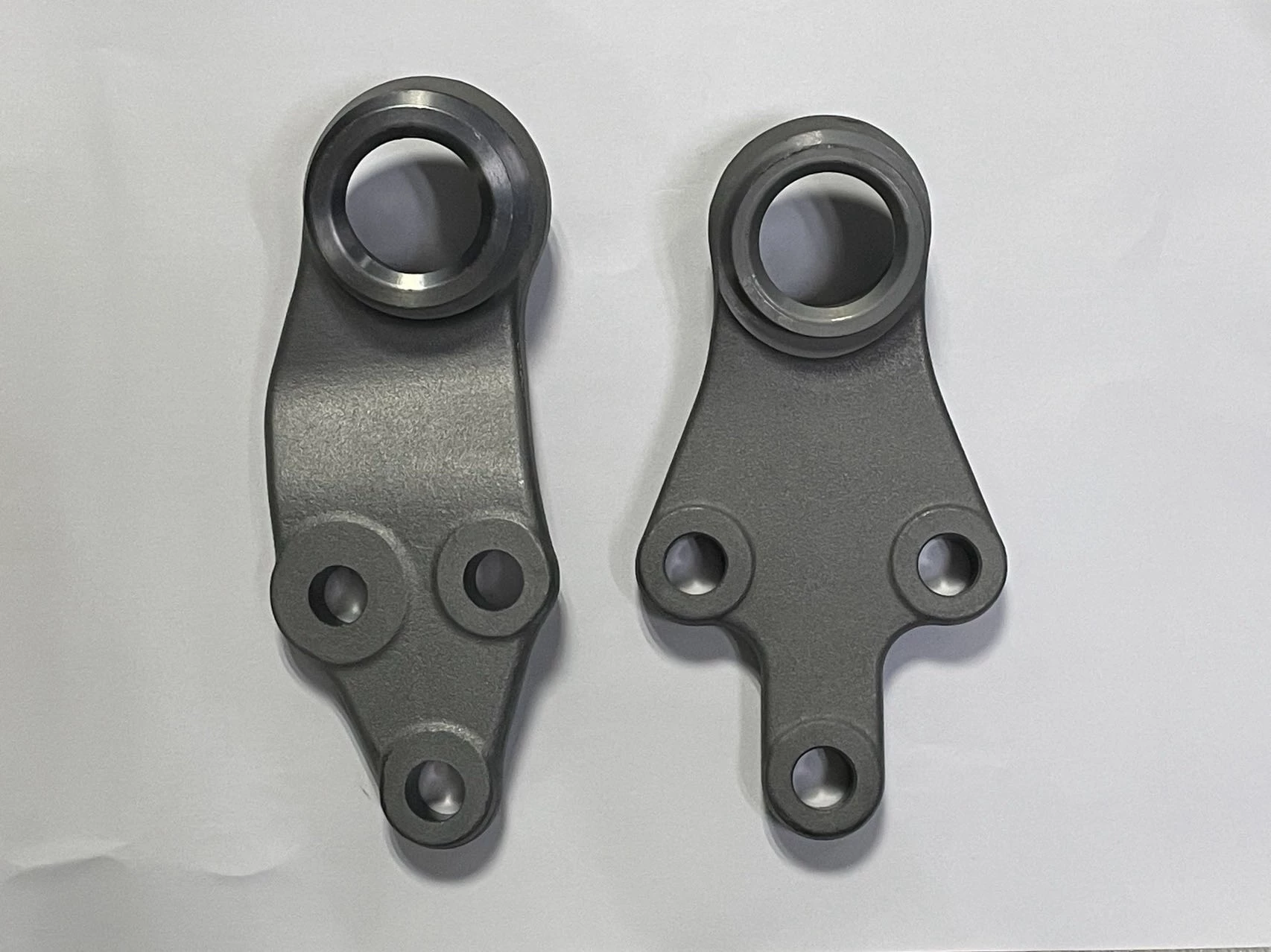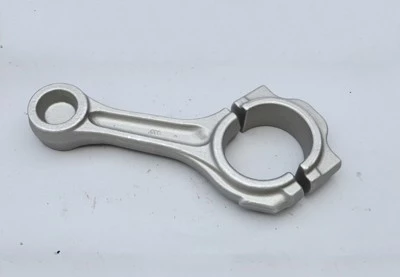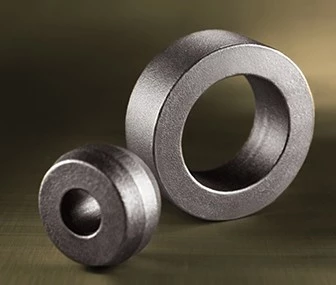What Are Alloy Steel Forgings?
Alloy steel is a commonly employed material in the closed die forging technique. It is composed of iron-based metals that are alloyed with various elements, typically ranging from 1.0% to 50% by weight, with the aim of enhancing its mechanical properties. These alloy steels cover a broad spectrum and often contain higher levels of chromium, not exceeding 3.99%. Metals with higher chromium content are classified as either tool steels or stainless steels. The specific alloying elements present in alloy steels contribute to the unique properties exhibited by each material.
What Are the Advantages of Alloy Steel Forgings?
● Enhanced Mechanical Properties
Alloy steel forgings exhibit superior mechanical properties compared to carbon steel forgings. The addition of alloying elements such as chromium, nickel, molybdenum, or vanadium enhances attributes like strength, hardness, toughness, and wear resistance. This makes alloy steel forgings suitable for applications requiring high-performance materials.
● Superior Corrosion Resistance
Many alloying elements added to the steel composition improve its corrosion resistance. For example, stainless steel forgings contain a significant amount of chromium, providing excellent resistance against oxidation and corrosion in harsh environments. This property is especially beneficial in industries such as marine, chemical processing, and oil and gas.
● High Temperature Strength
Certain alloying elements in alloy steel forgings enhance their ability to withstand high temperatures without compromising their structural integrity. This makes them suitable for applications exposed to elevated temperatures, such as turbine components, exhaust systems, and heat exchangers.
● Improved Wear Resistance
Alloy steel forgings are known for their superior wear resistance due to the presence of alloying elements. This property is crucial in applications involving friction and abrasive wear, such as gears, bearings, and cutting tools. Alloy steel forgings can retain their shape and performance even under demanding conditions.
● Design Flexibility
Alloy steel forgings offer design flexibility due to their ability to be forged into complex shapes and sizes. This allows manufacturers to create intricate components with precise specifications, meeting the unique requirements of different industries.
● Excellent Fatigue Resistance
Alloy steel forgings often possess excellent fatigue resistance, enabling them to endure cyclic loading and repeated stress without failure. This property is vital in applications subjected to dynamic forces and vibrations, such as automotive parts, aircraft components, and machinery.
Four Typical Applications of Alloy Steel Forgings?
Alloy steel forgings are in high demand across a wide range of industries, thanks to their superior mechanical characteristics and adaptability. Here are several typical uses for alloy steel forgings:● Aerospace Industry
Alloy steel forgings play an integral role in essential aerospace applications. These include aircraft engine components, landing gear, structural elements, and fasteners. The critical attributes of high strength, heat resistance, and fatigue resistance are indispensable for ensuring aircraft safety and optimal performance.
● Automotive Industry
Alloy steel forgings are utilized to craft crucial components such as crankshafts, connecting rods, transmission gears, and suspension parts. The incorporation of alloy steels elevates the longevity and performance of these essential automotive parts.
● Power Generation
Alloy steel forgings hold significant importance, finding application in turbine components, steam boiler parts, and generator shafts. These components are essential as they must endure elevated temperatures and considerable stress.
● Mining and Construction
Alloy steel forgings are used for mining equipment, construction machinery components, and heavy-duty tools due to their high strength and wear resistance.
Creator Components offers a complete solution of various carbon steel forgings to meet your needs. For further information on this, please kindly contact us. We are committed to being your trusted source for high quality forgings.

